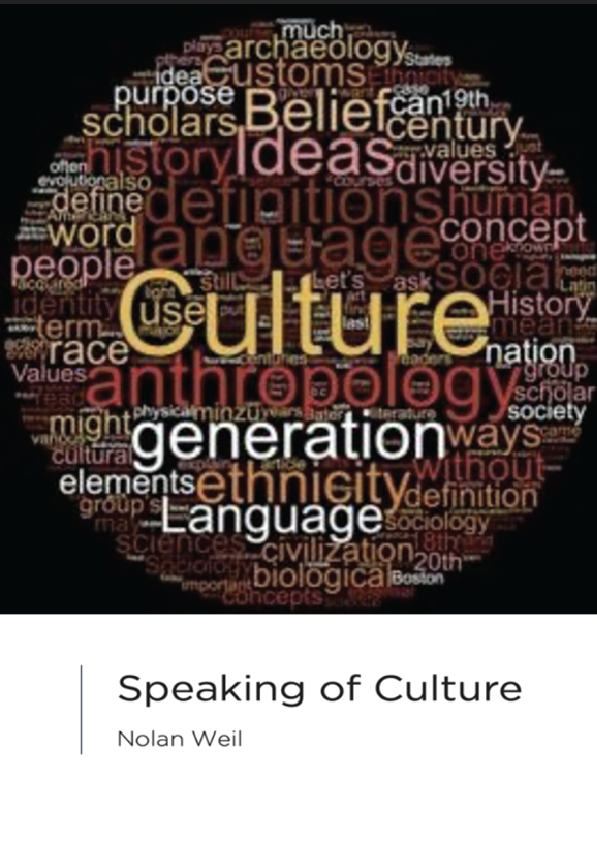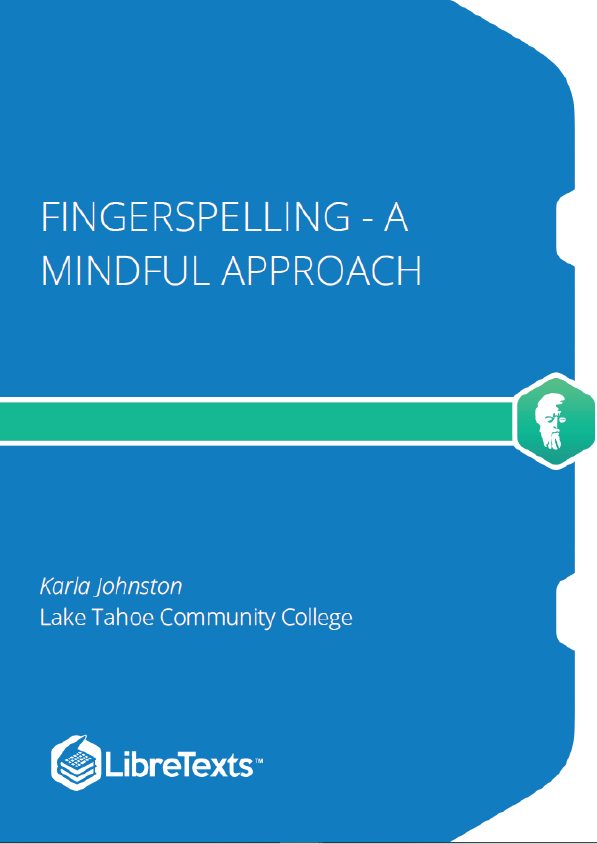The word culture is among the most frequently used words in English. We use it frequently in daily speech and encounter it often in both popular and academic texts. Directly or indirectly, it is the subject matter of many university courses. Even when it is not the exclusive focus, it plays a role in many discussions across the humanities and social sciences. But most of the time, we use it without defining it or even thinking much about exactly what we mean by it.
Despite the ease with which we use the term, culture is not a simple concept. The primary purpose of this book is to promote a better understanding of the scope of the idea. Indeed, the word has a very wide range of meanings, and they are not all consistent with one another. For one thing, it has a relatively long history, and its primary uses have changed markedly over several centuries. Even in my lifetime (I was born in 1953) the ways in which scholars have defined culture have only become more diverse.
To come to grips with culture then will require that we give an account of the various ways that culture has come to be defined. It also goes without saying that one cannot define any concept without introducing still other associated concepts, so this book is rich in such secondary concepts.
We begin our mission of defining culture in Chapter 1 with a brief recounting of the history of the word. We point to its Latin root and recount the senses attached to it in 18th century France, and later, in 19th century England, before 20th century anthropologists made it a central concept of their discipline. We round out the chapter by calling attention to the proliferation of definitions of culture over the last 50 years. We end by introducing seven themes that Faulkner, Baldwin, Lindsley and Hecht (2006) have identified as encompassing all of the most common ways in which scholars have sought to define culture.
In Chapter 2, we put definitions of culture on the shelf temporarily, and put on the hat of the physical anthropologist. Our purpose is to emphasize the idea that culture, as anthropologists originally conceived it, is characteristic of the human species. That being the case, we want to remind readers of the antiquity of our species because it lays a foundation for putting human culture into a historical perspective in the chapter that follows. We also want to shine a light on the relationship between human diversity and geography and advance the argument that “race” is, biologically speaking, a meaningless category. Concepts such as those of race and ethnicity are often seen as bound up with culture, but my hope is that readers leave Chapter 2 with a sense that when it comes to humanity, the only “race” is the “human race.”
In Chapter 3, we return to an explicit focus on culture, defining it as a product of human activity. We learn that the first modern humans came into a world already swimming in culture. Their hominid precursors, for example, were already tool users. The first half of the chapter features a discussion of the material culture of the Paleolithic, a time stretching from roughly 50,000 to 10,000 years ago. You will no doubt marvel at the remarkable tools of stone, bone, horn and ivory, and the various other artifacts that are hard to describe as anything less than art. The second half deals with the remarkable similarities in the world’s mythologies, tracing their major themes back to Africa, and proposing that a major innovation that took place roughly 40,000 years ago may have given rise to most of the world’s mythologies as they have come down to us today.











